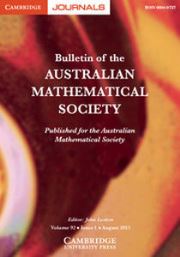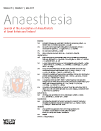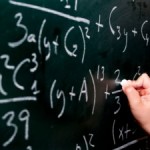 An incorrect proof has felled a math paper. There’s not too much to say in a straightforward situation like this one, which we’ve seen before — the result of honest errors, not any malfeasance.
An incorrect proof has felled a math paper. There’s not too much to say in a straightforward situation like this one, which we’ve seen before — the result of honest errors, not any malfeasance.
Here’s the abstract for “Spectral mapping theorem for generalized Kato spectrum:”
In this paper, we give an affirmative answer to Mbekhta’s conjecture (Mbekhta, 1990) about the pseudo Fredholm operators in Hilbert space. As a consequence, we characterize pseudo Fredholm operators and we prove that the generalized Kato spectrum satisfies the spectral mapping theorem in the Hilbert spaces setting.
The paper — published in the Journal of Mathematical Analysis and Applications — has been cited twice, according to Thomson Scientific’s Web of Knowledge.
Here’s the retraction note:
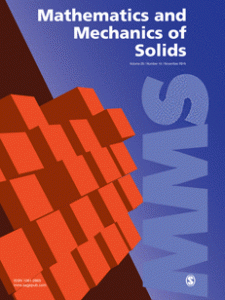
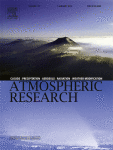 This version of Hurricane Isaac —
This version of Hurricane Isaac — 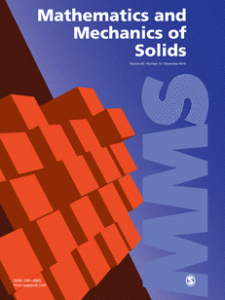 Thirteen papers in Mathematics and Mechanics of Solids now have an expression of concern, after it came to light that an author on most of the papers coordinated the peer-review process.
Thirteen papers in Mathematics and Mechanics of Solids now have an expression of concern, after it came to light that an author on most of the papers coordinated the peer-review process.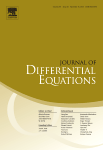 After we reported on
After we reported on 
